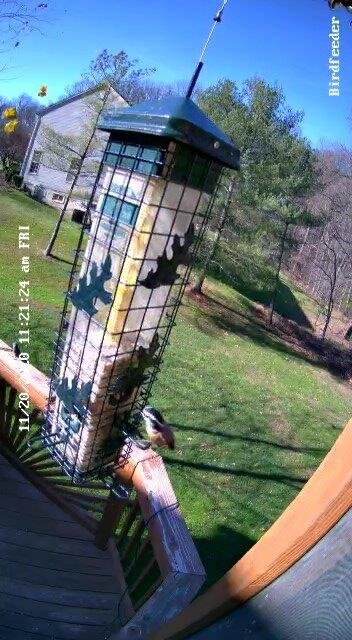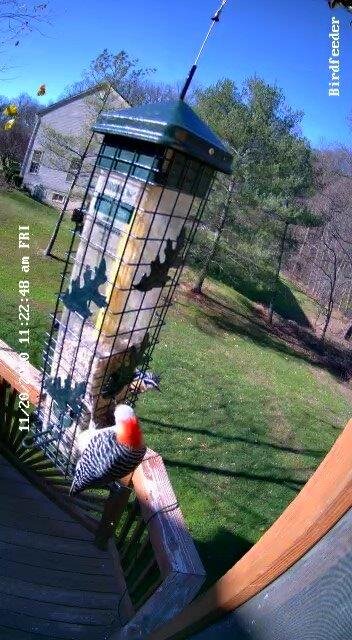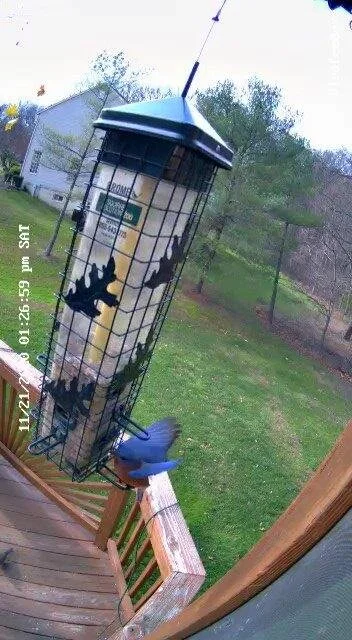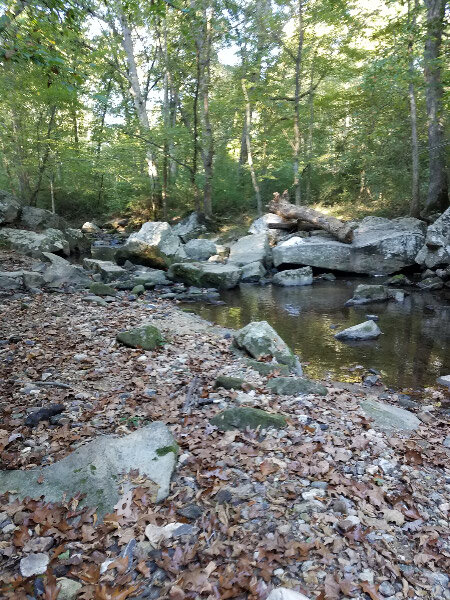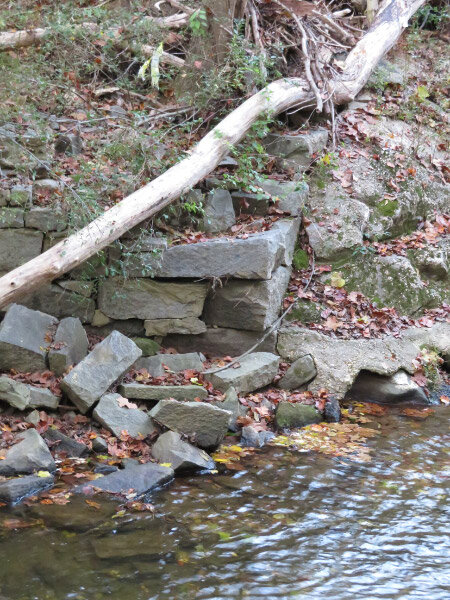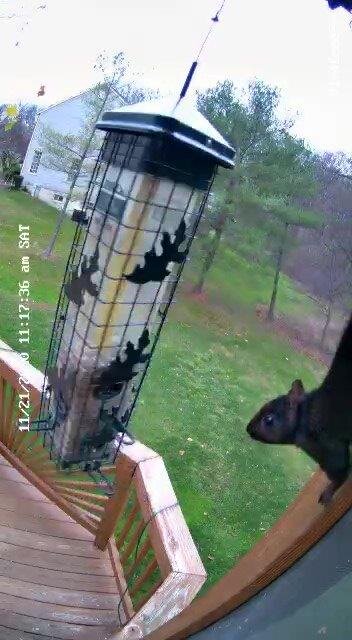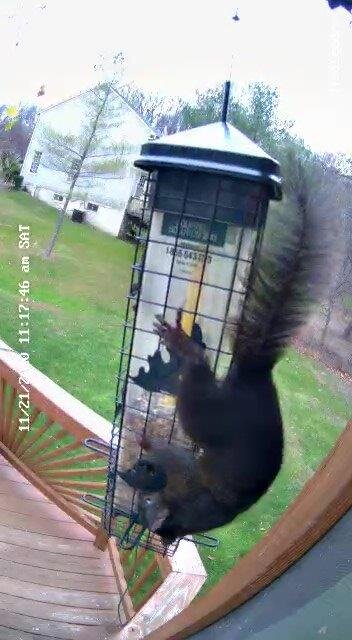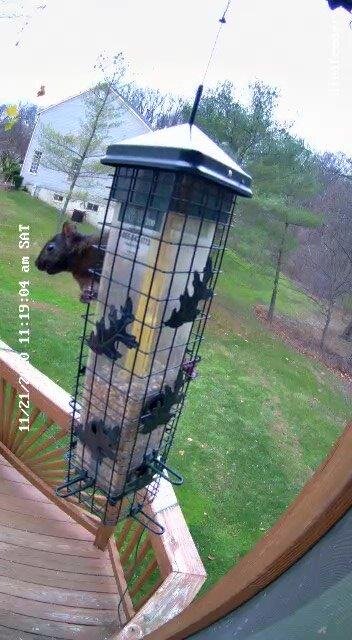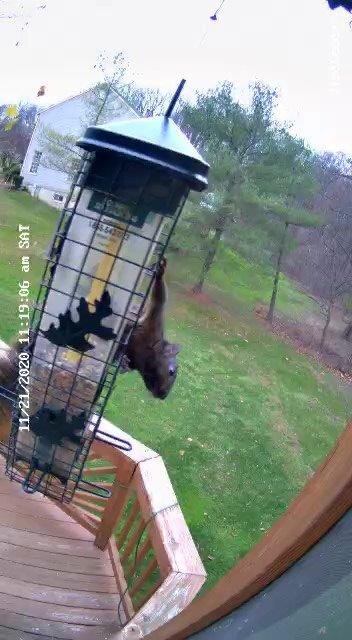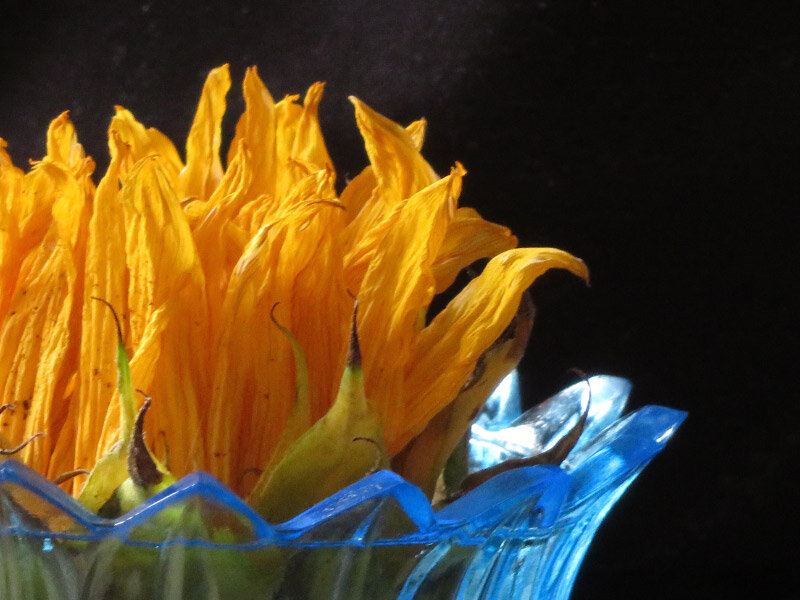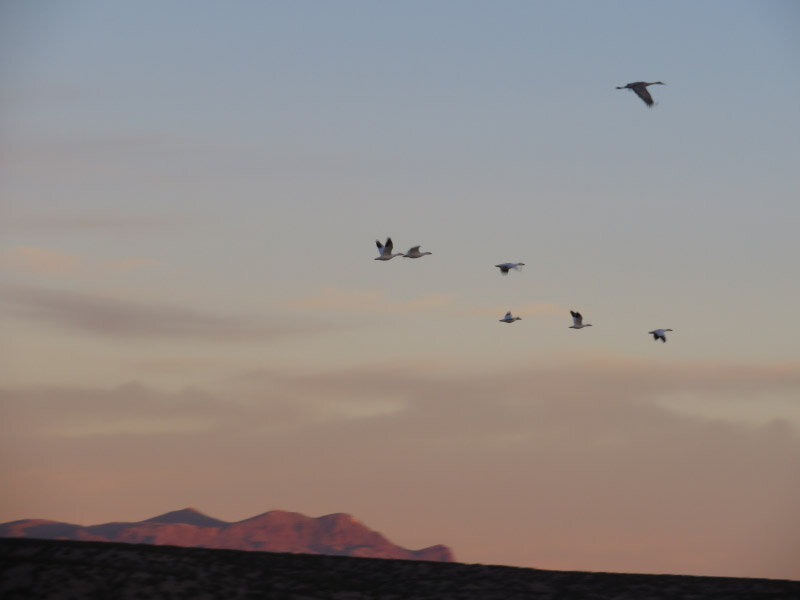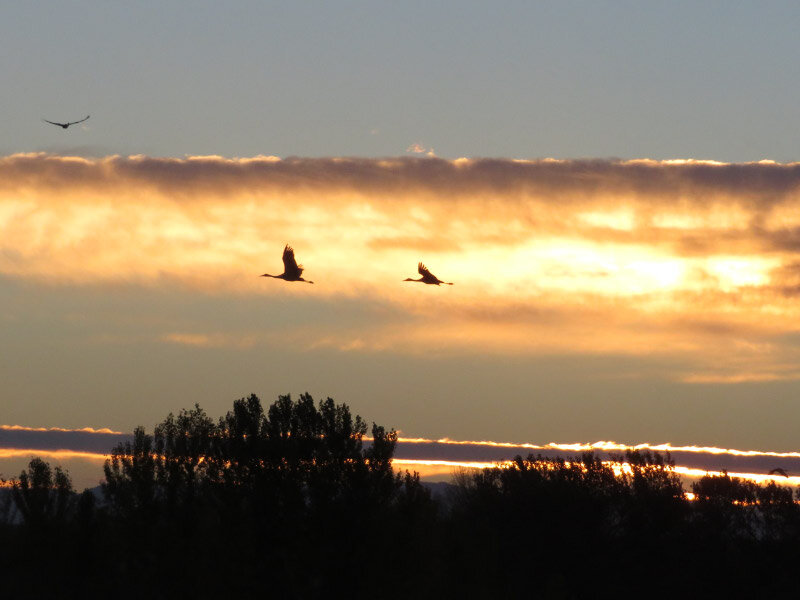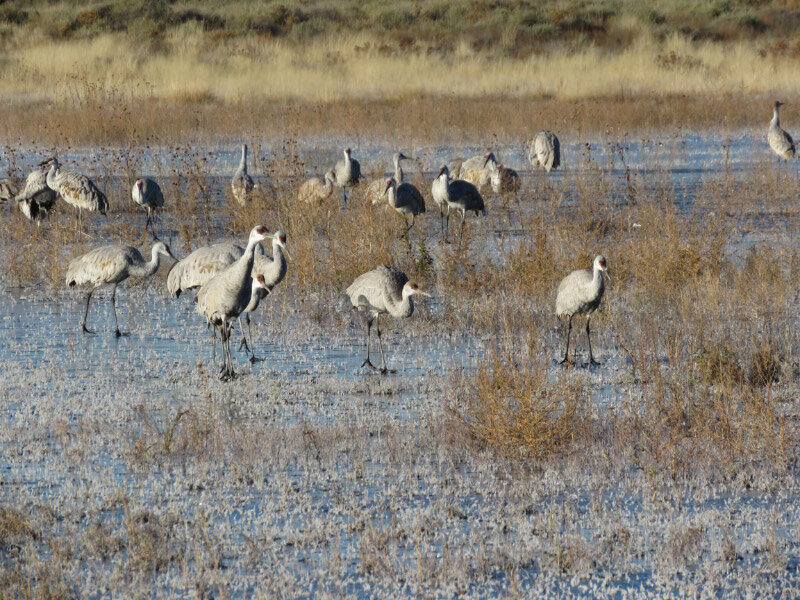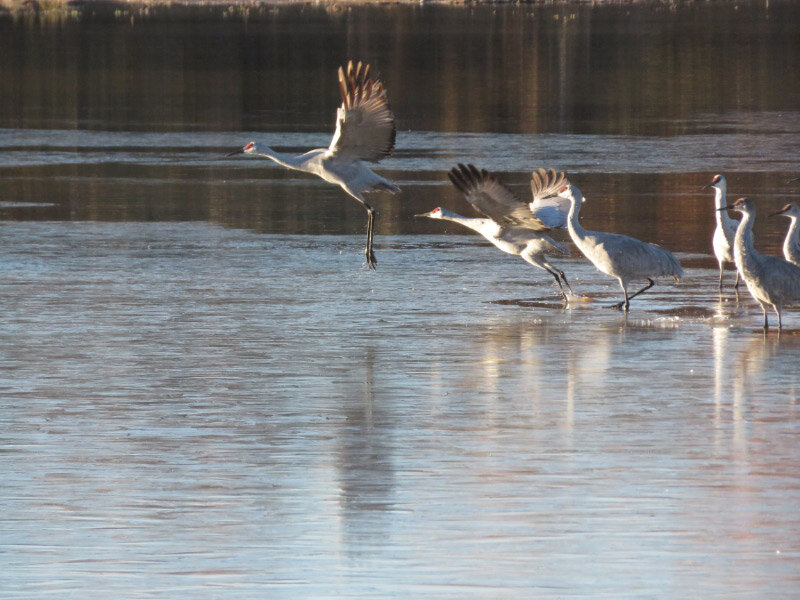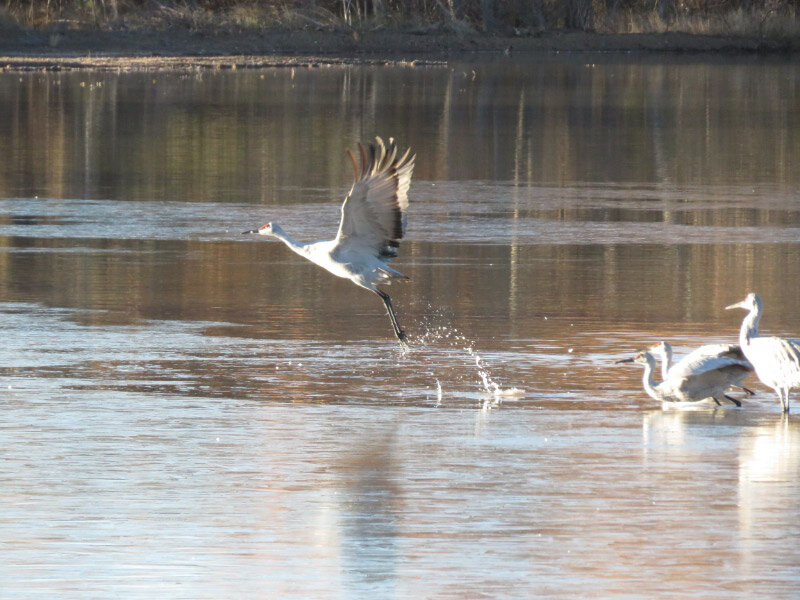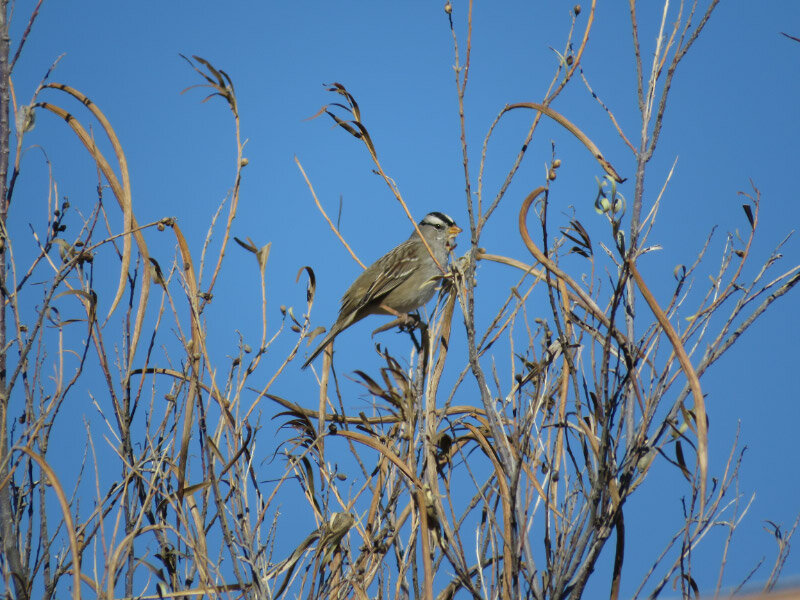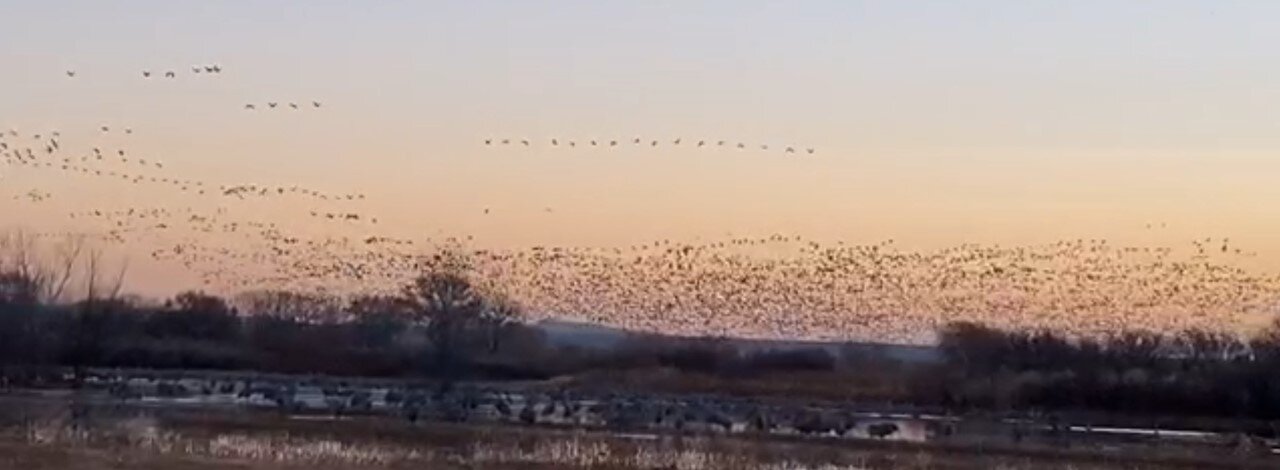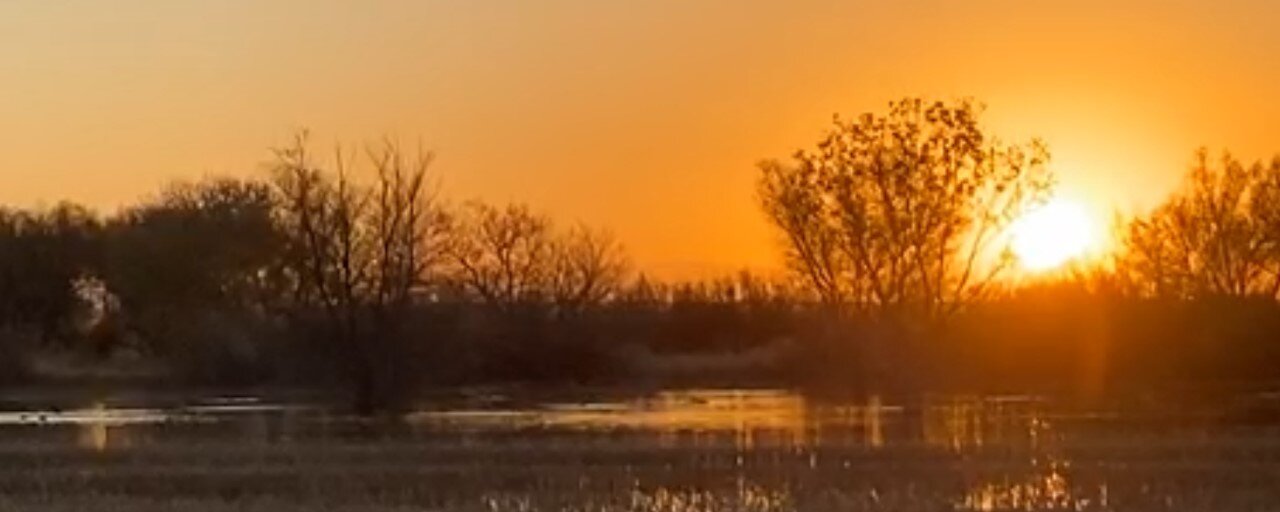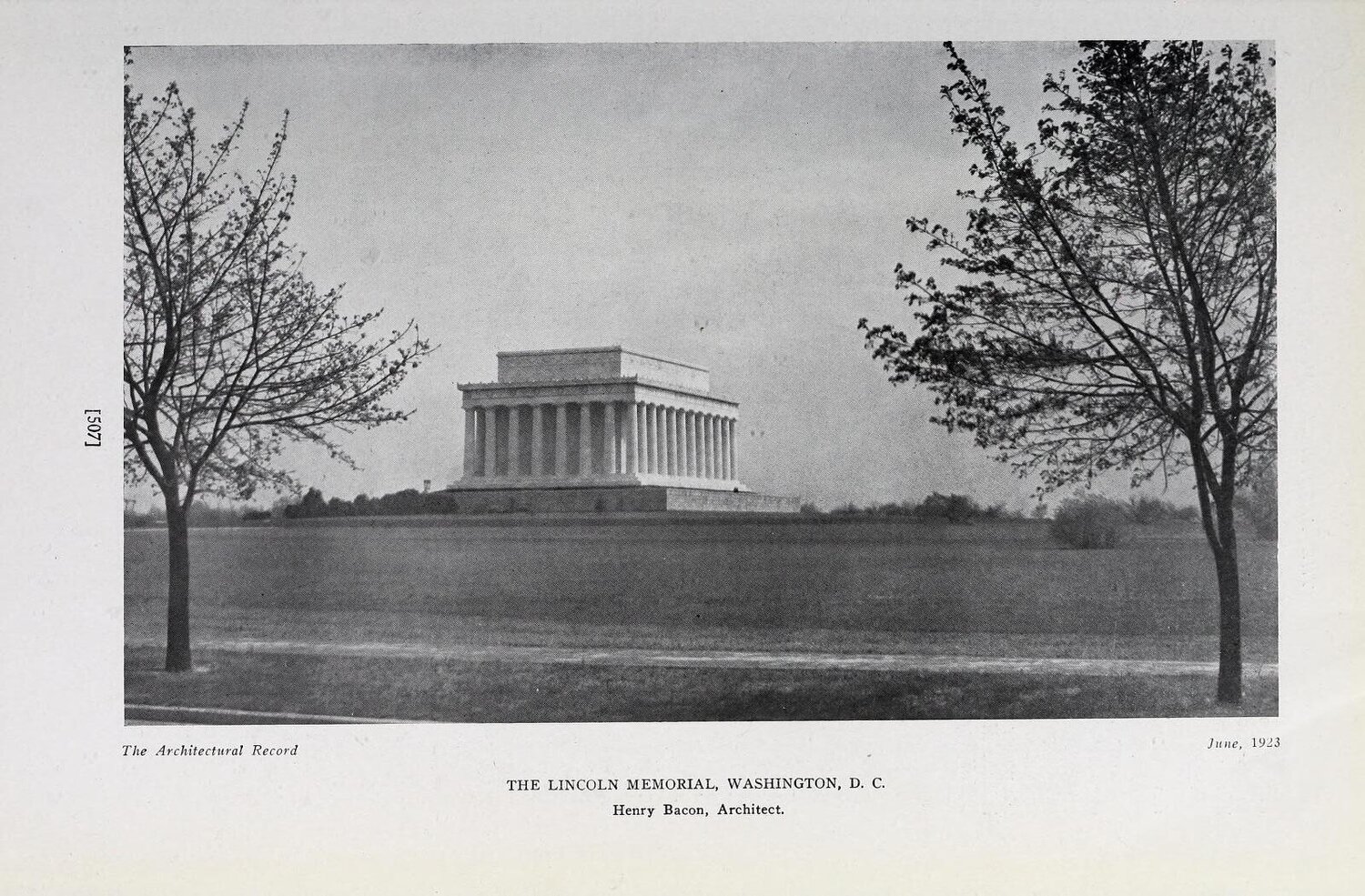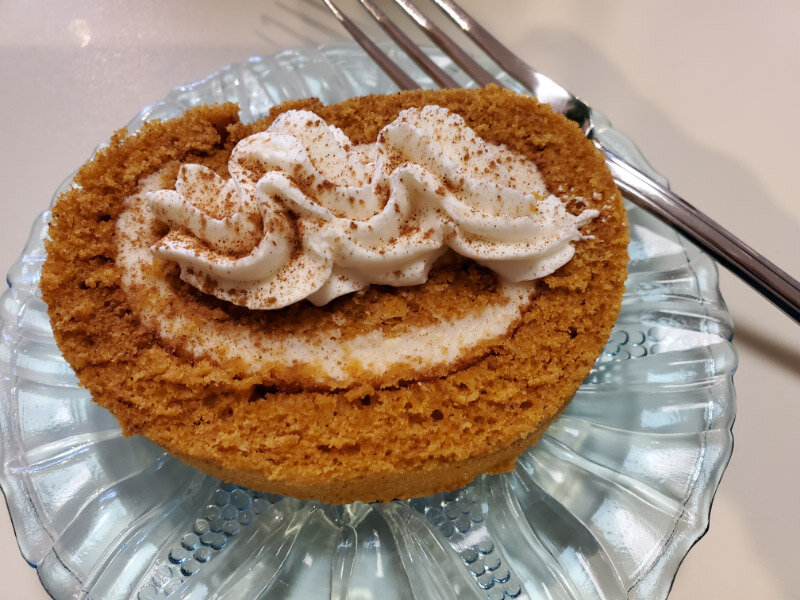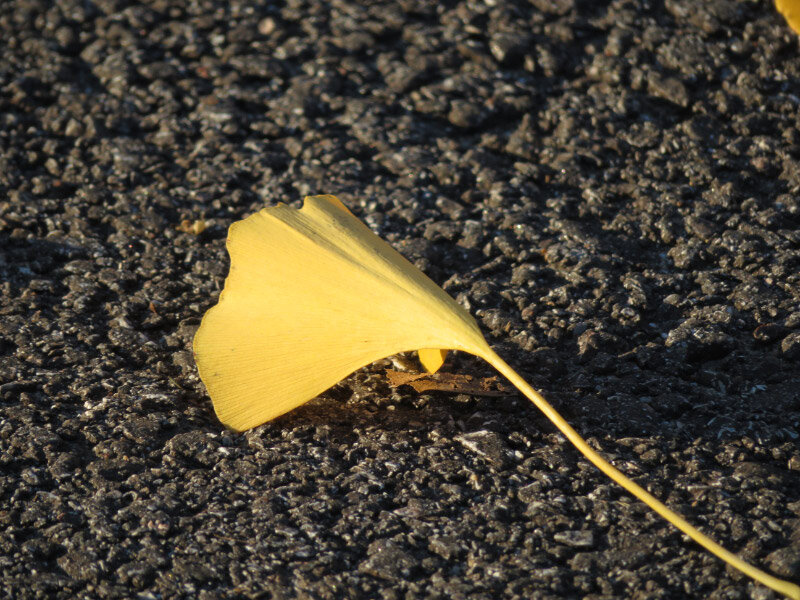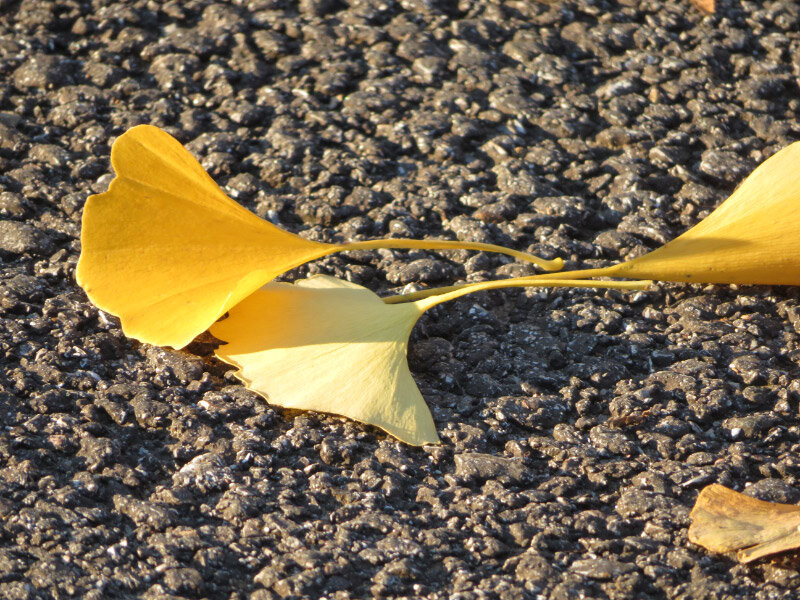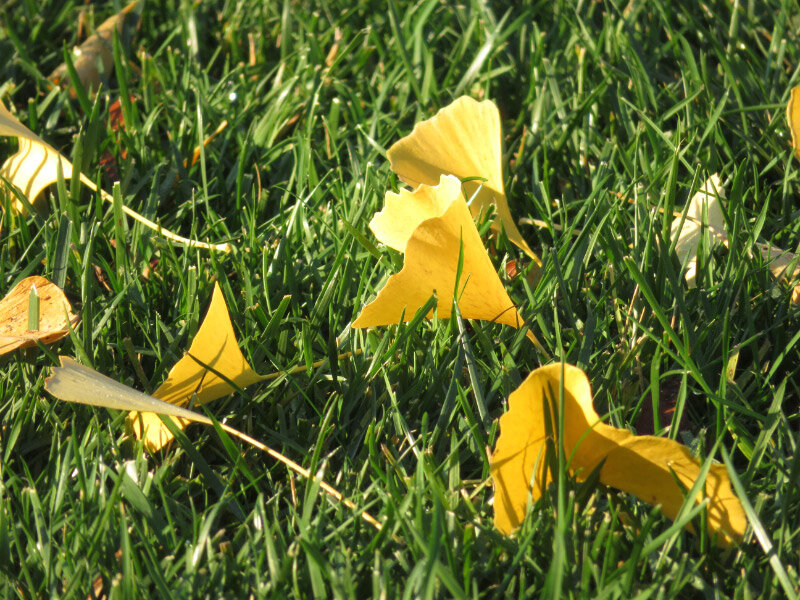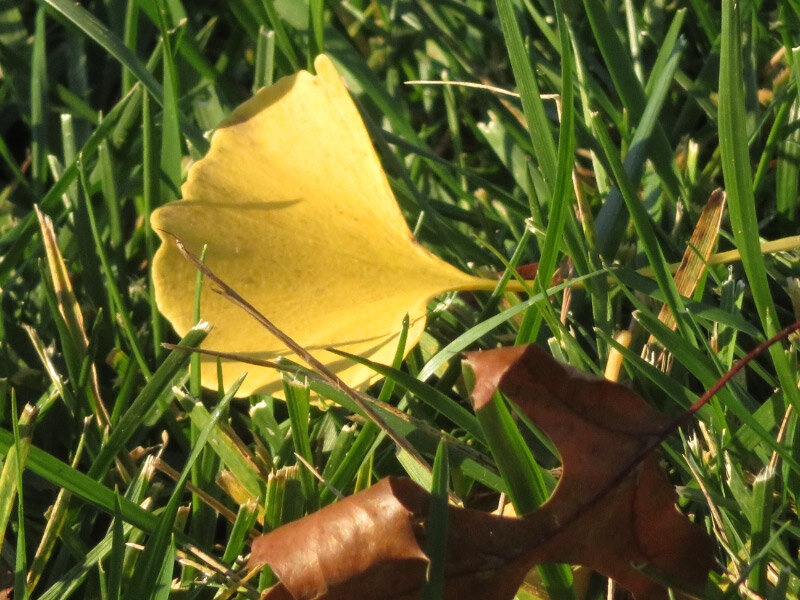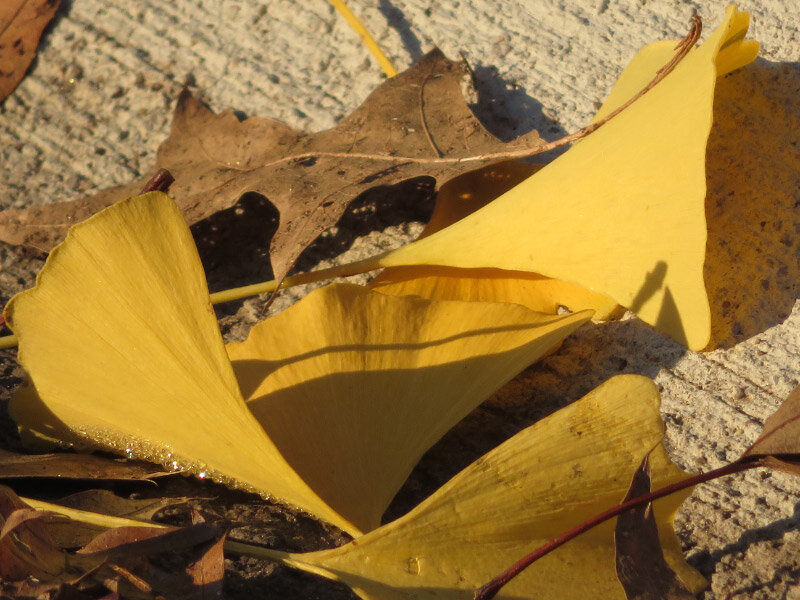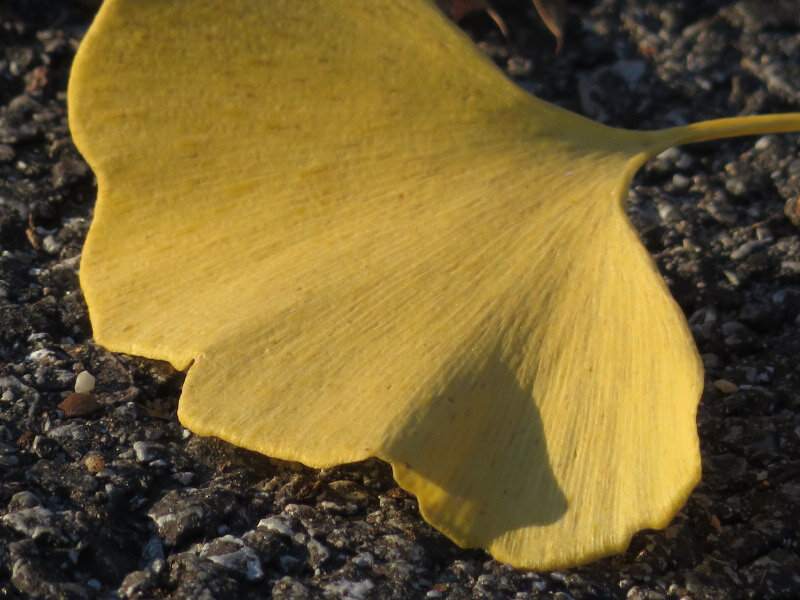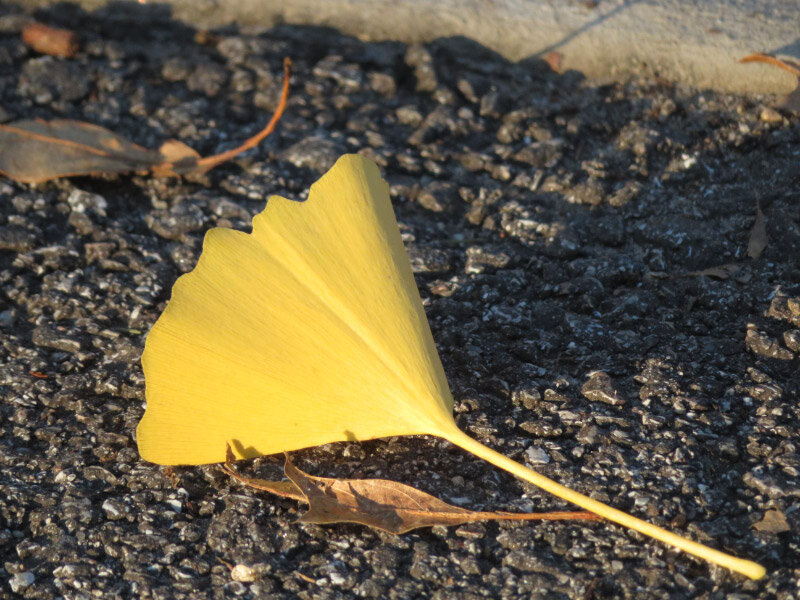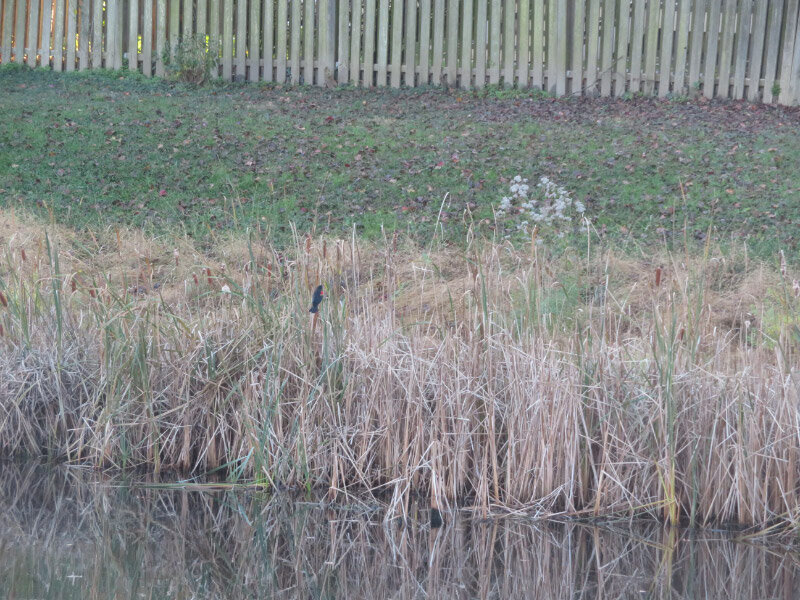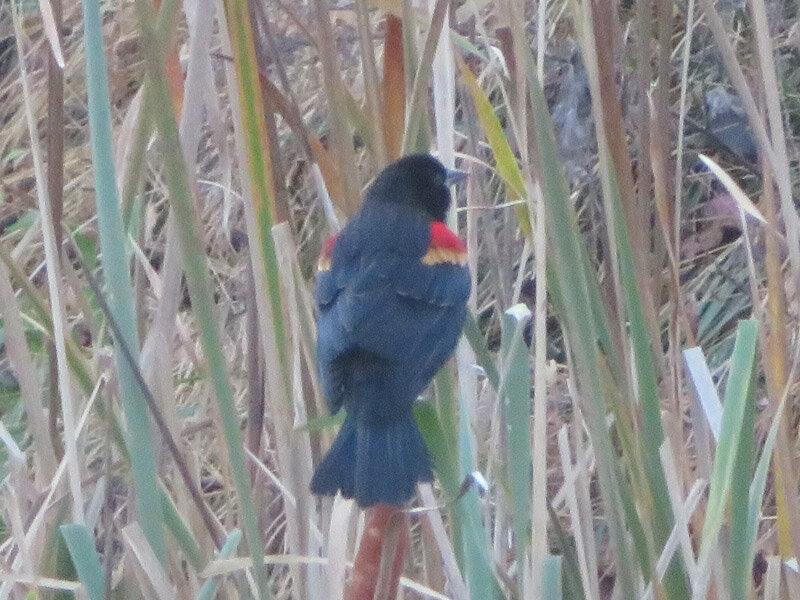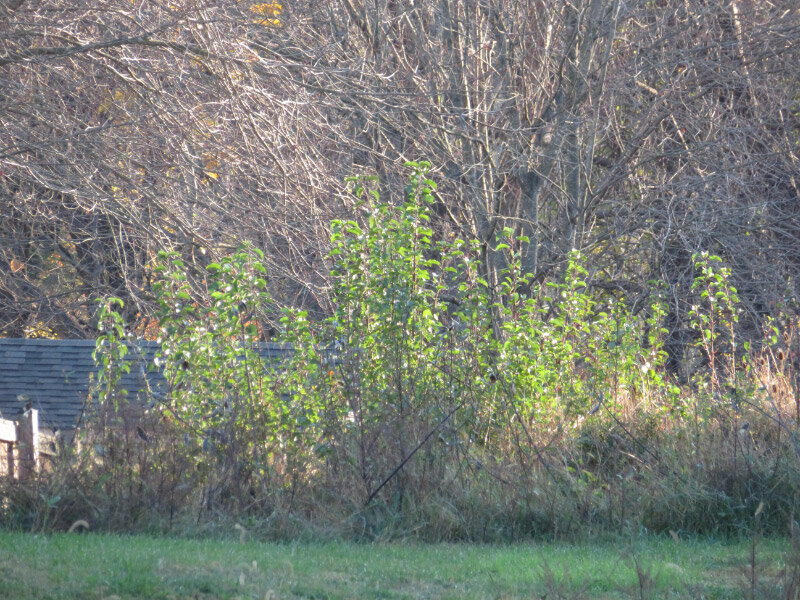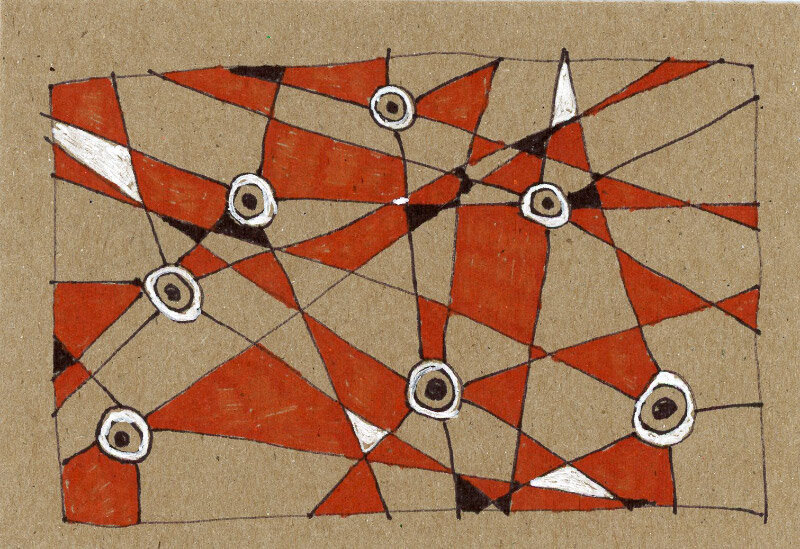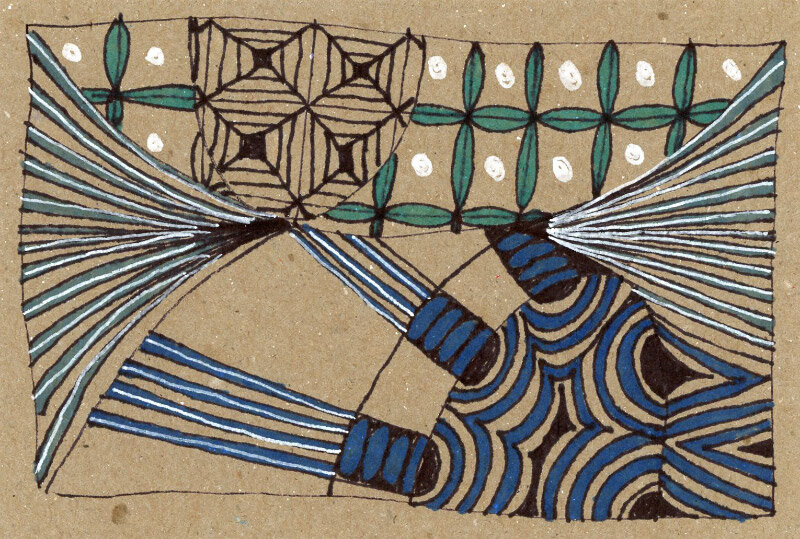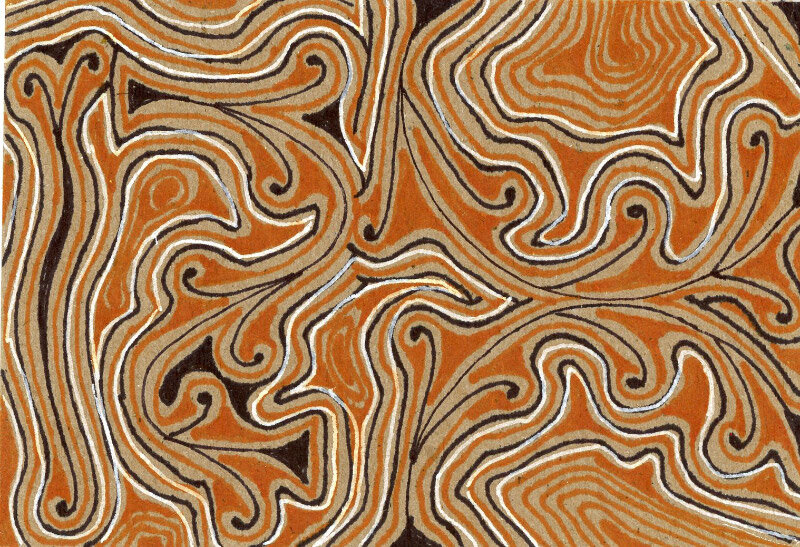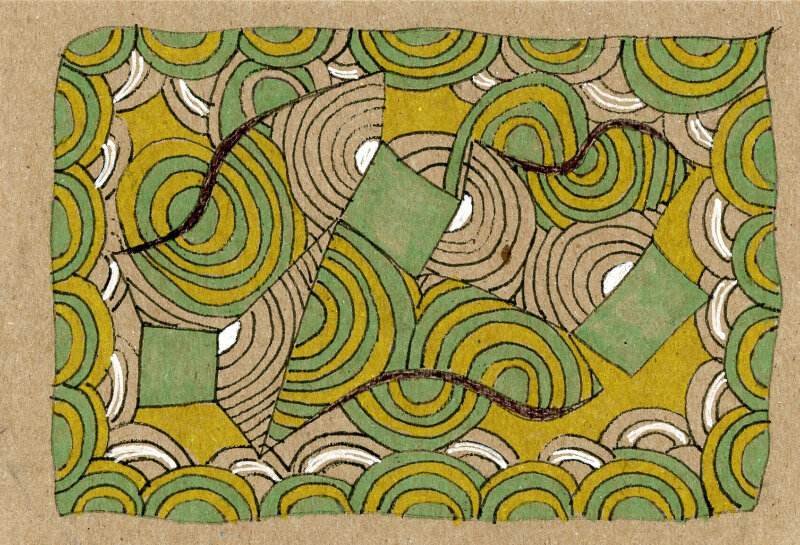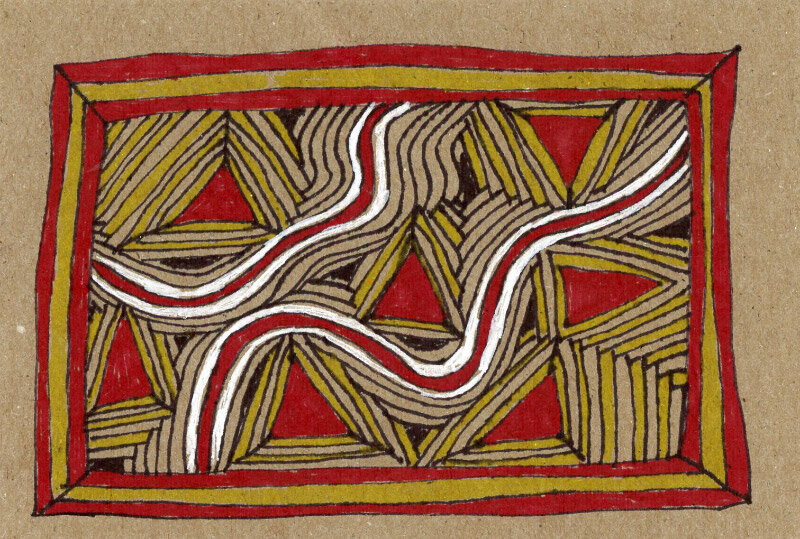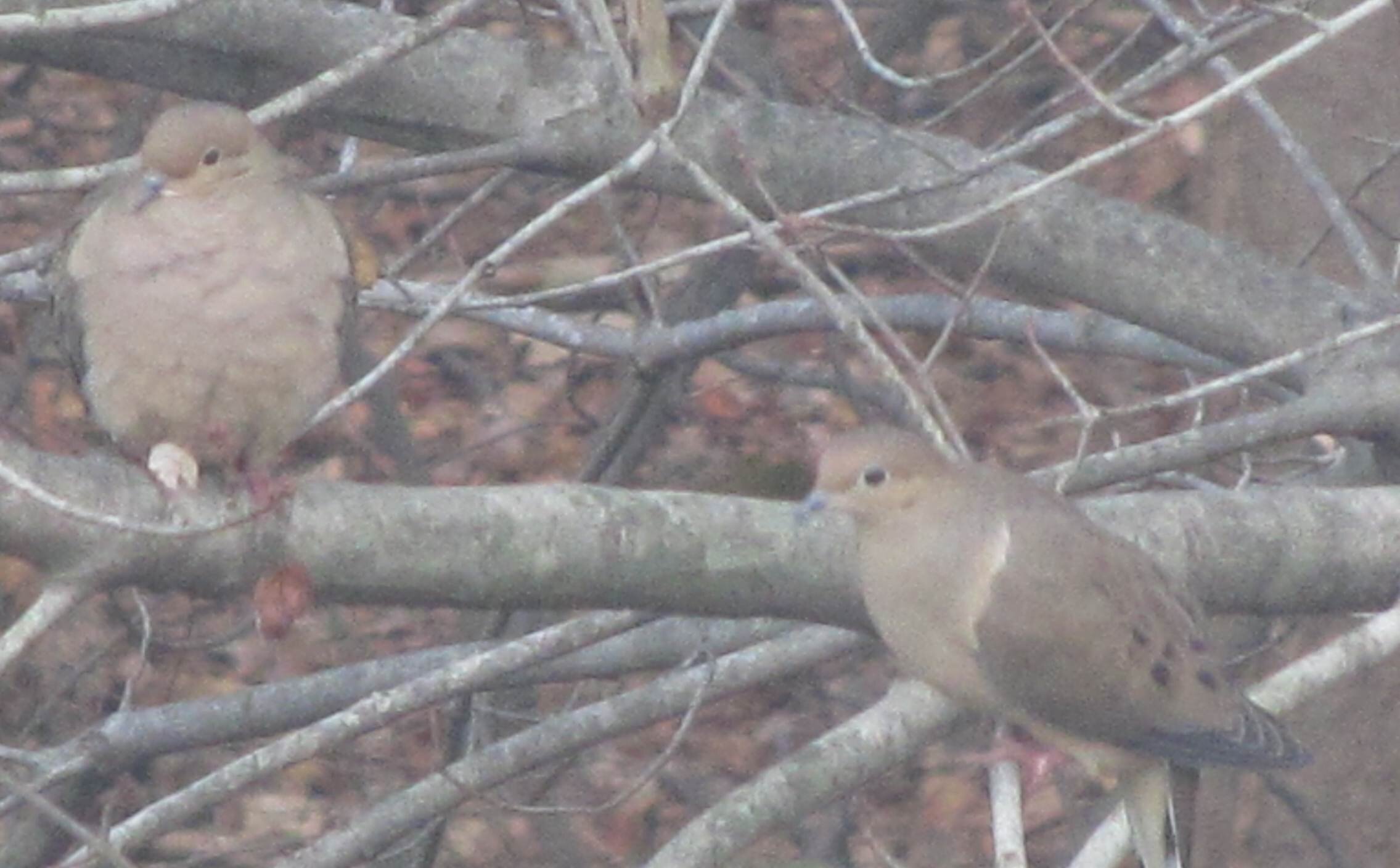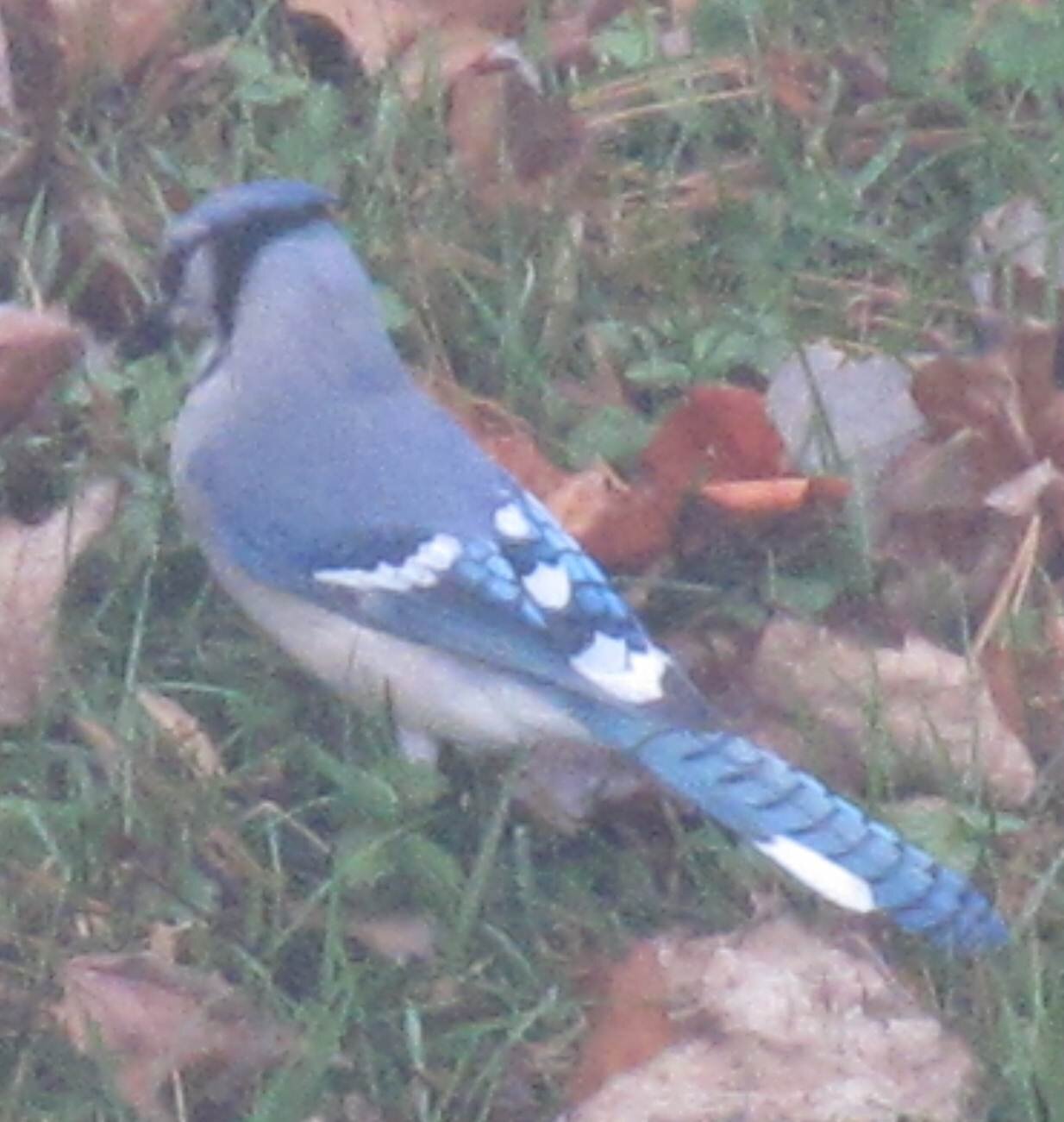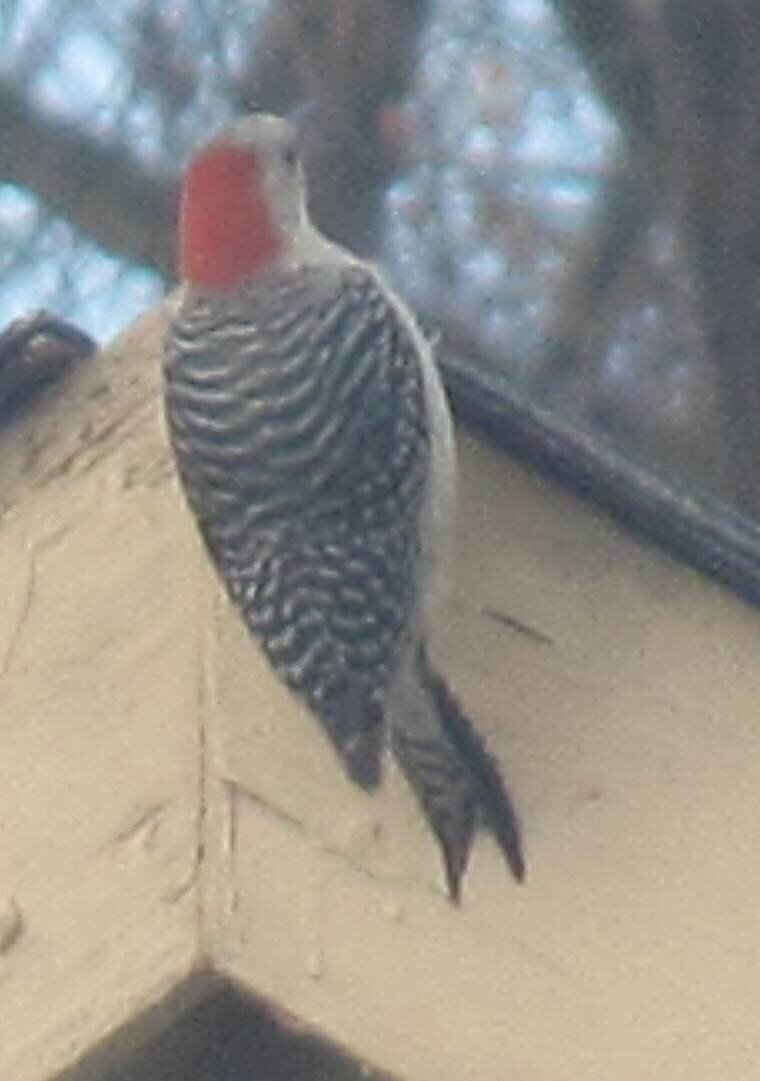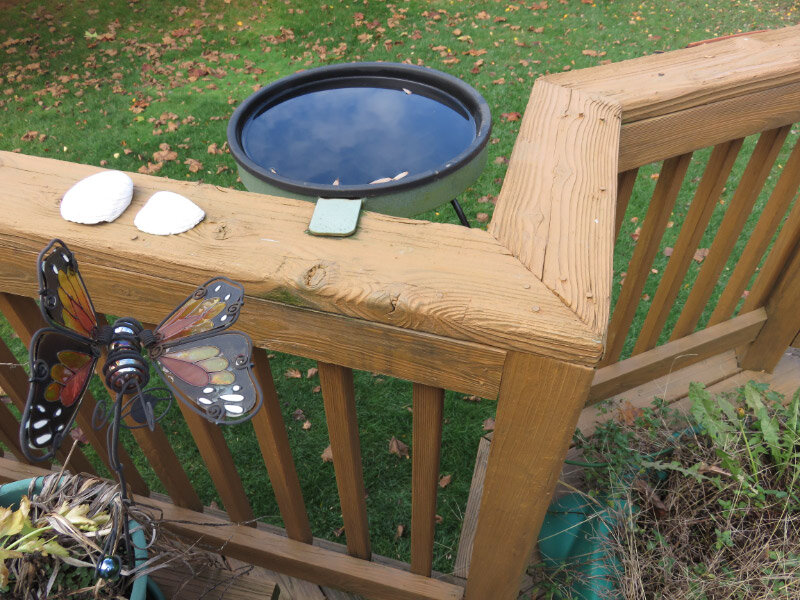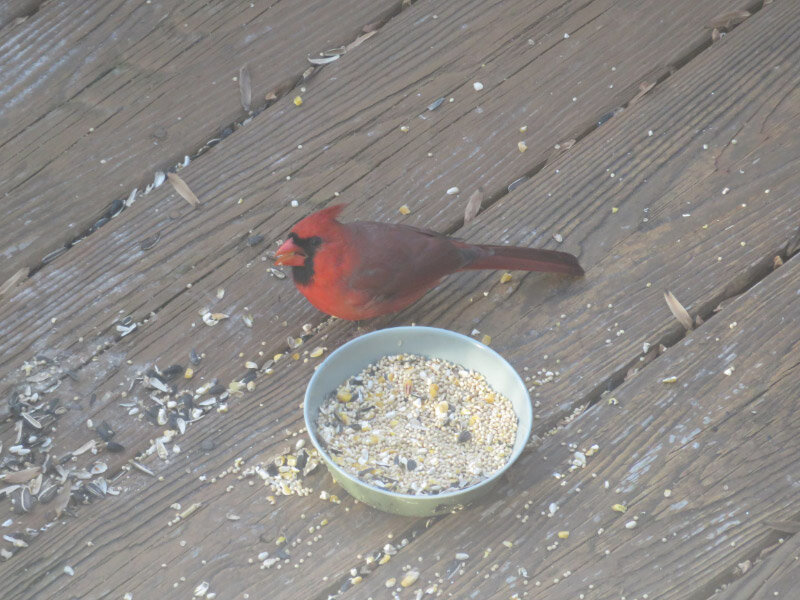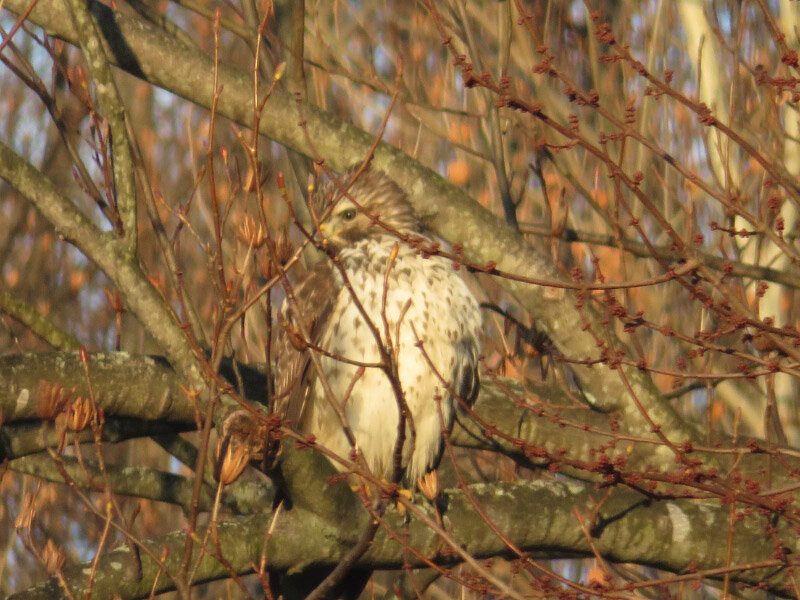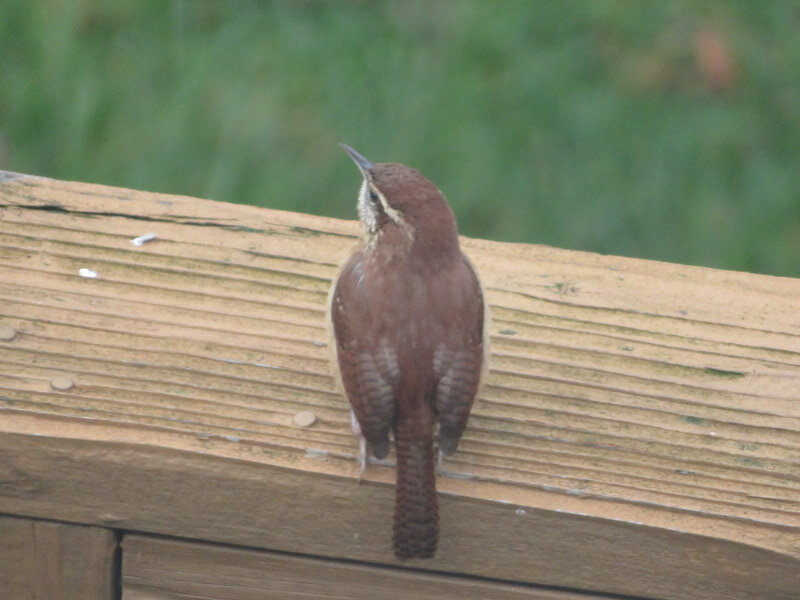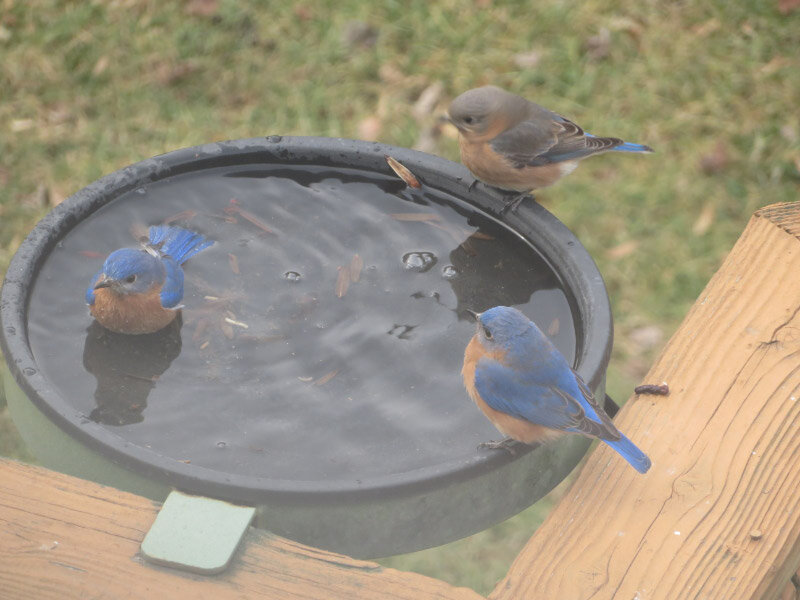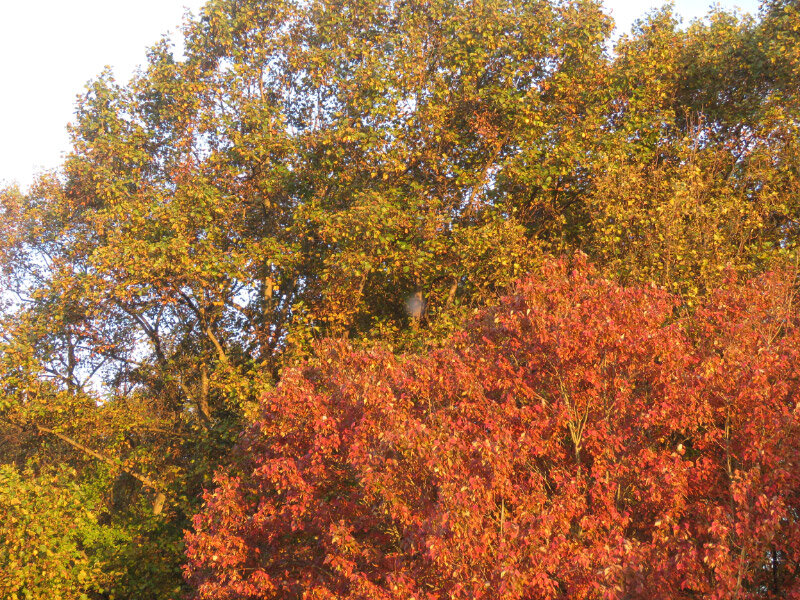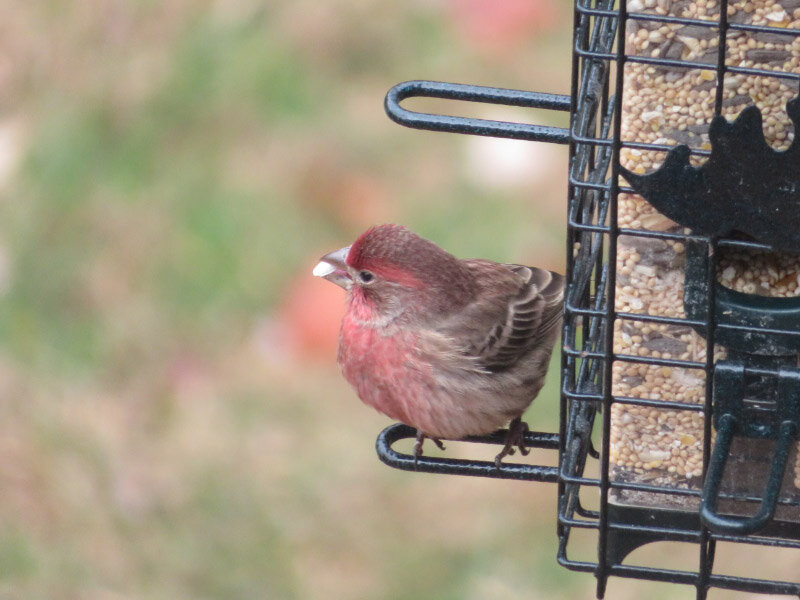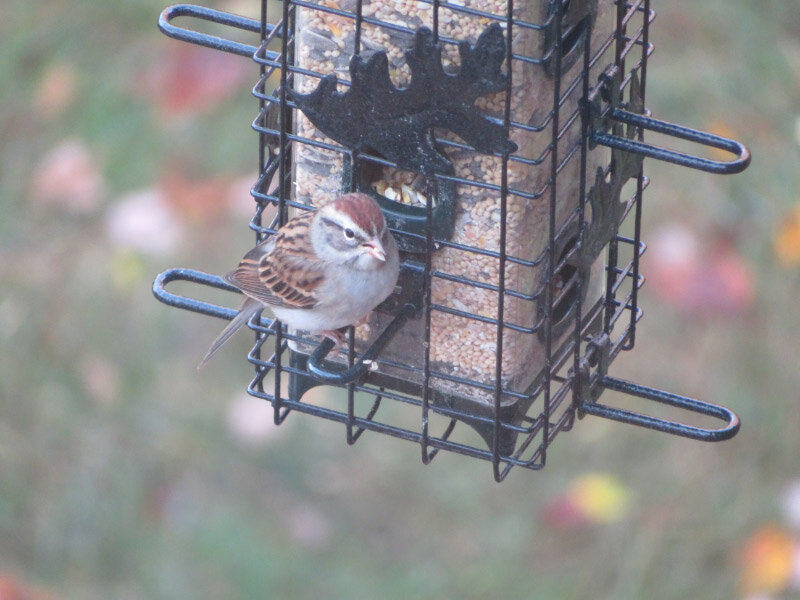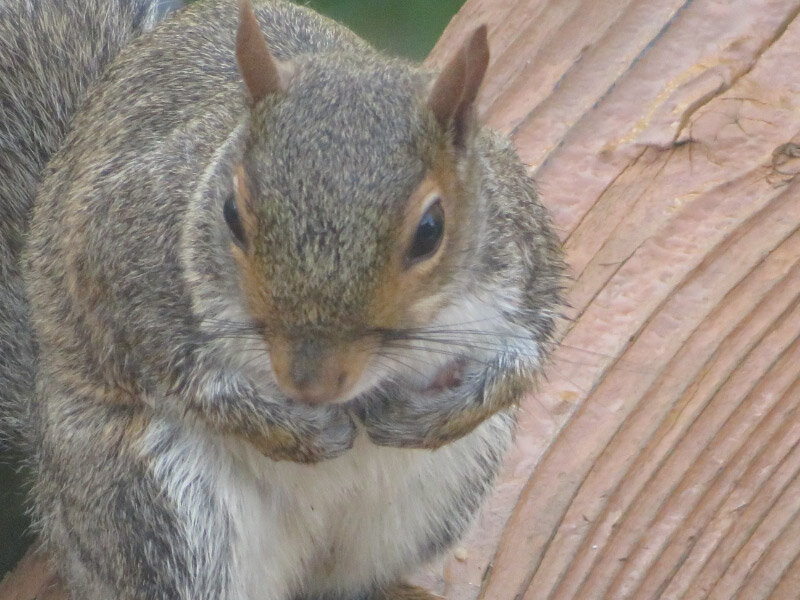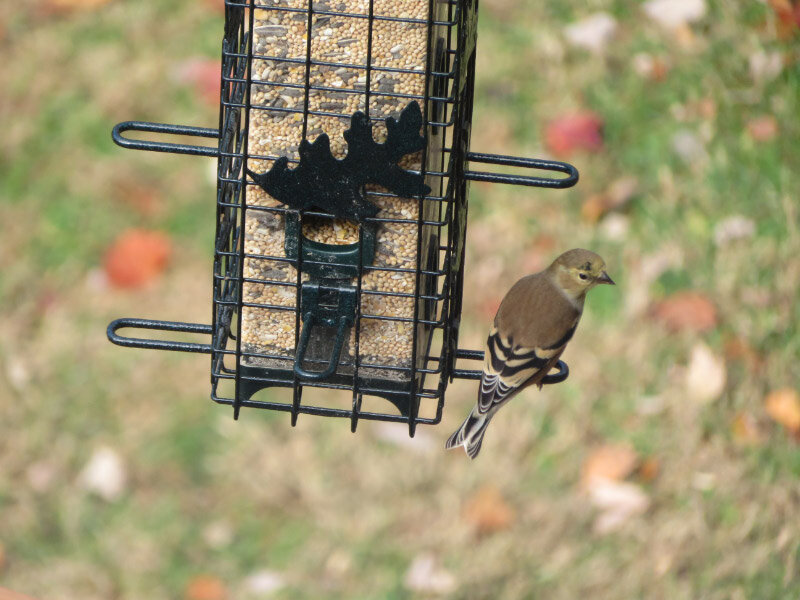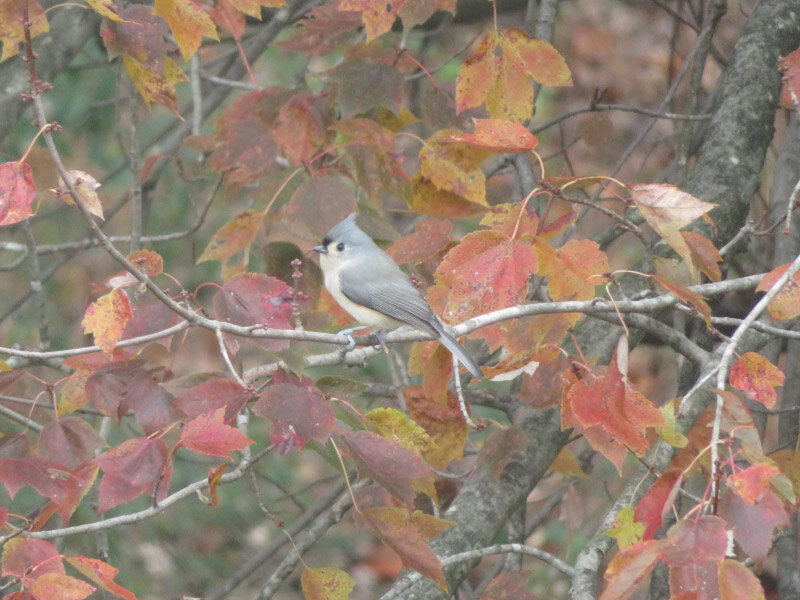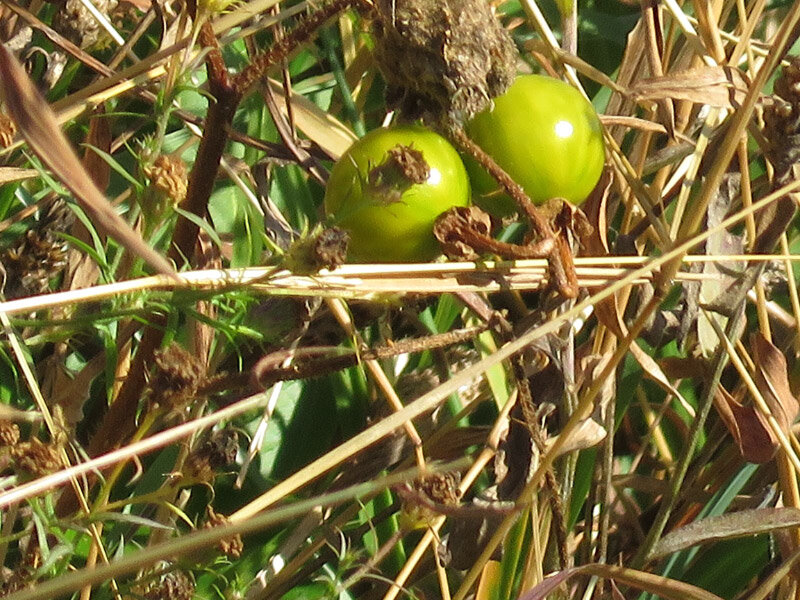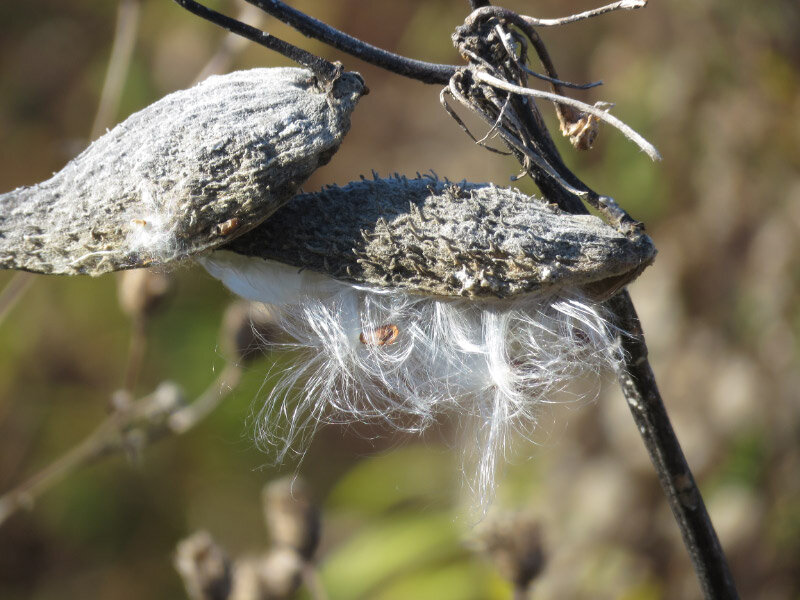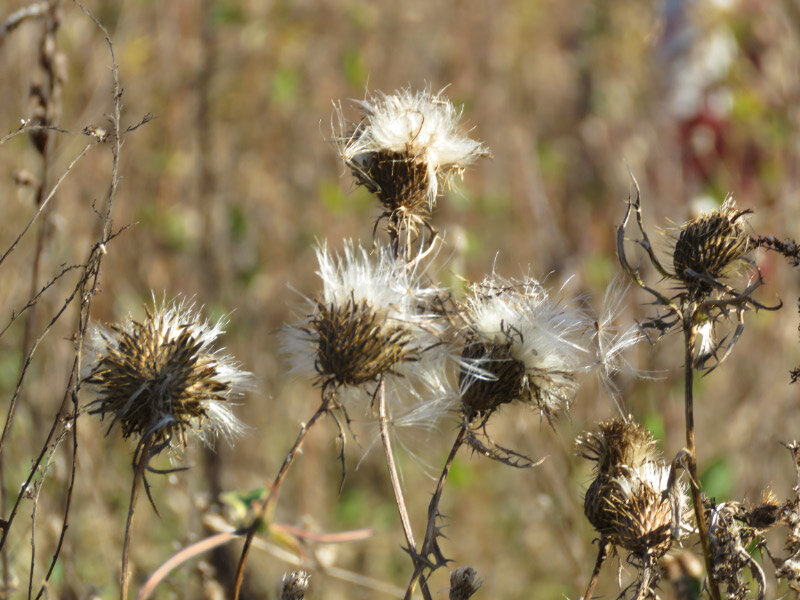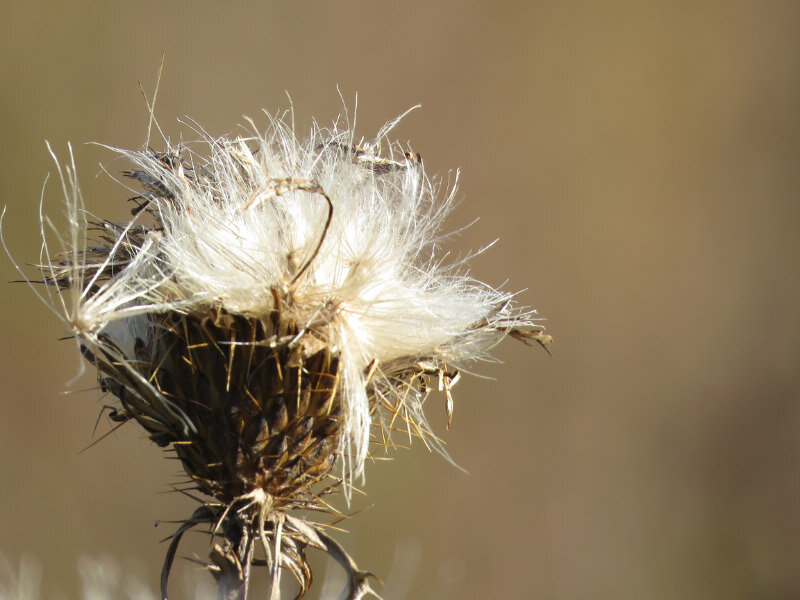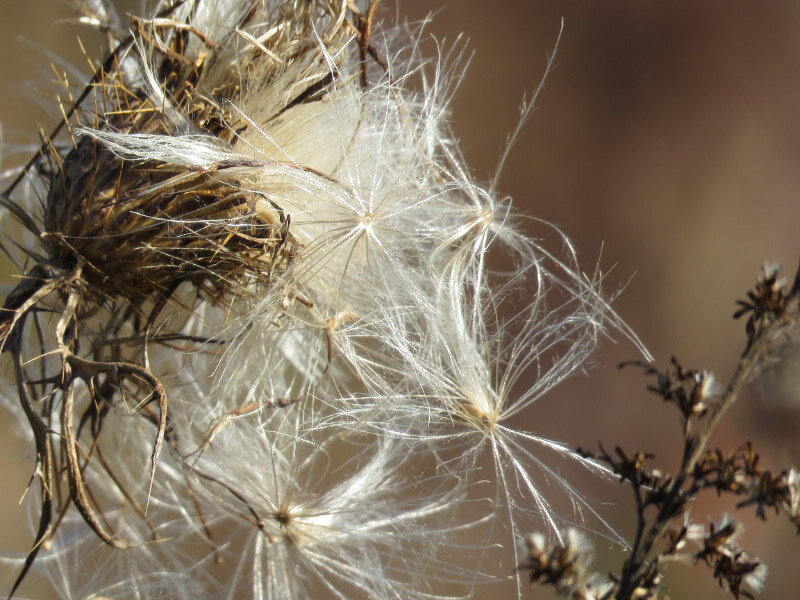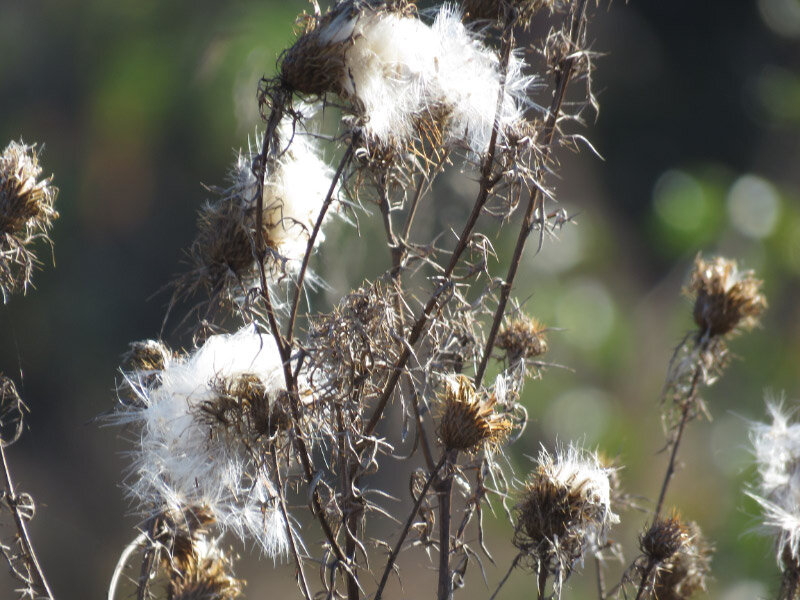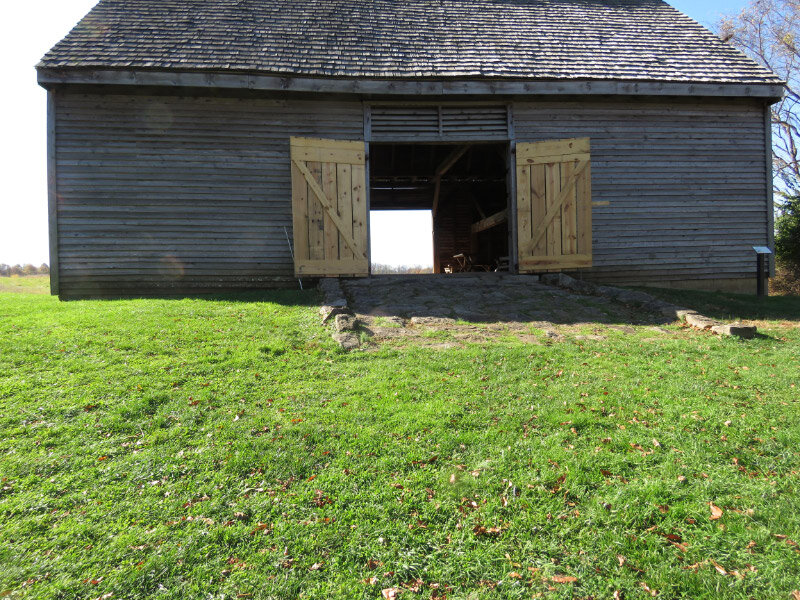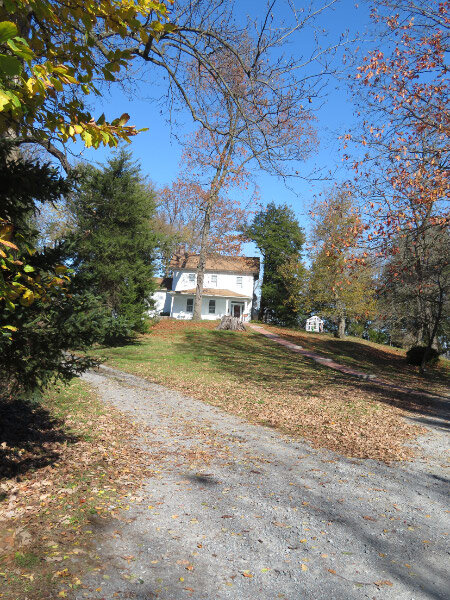Ten Little Celebrations – November 2020
/Thanksgiving. The holiday is different this year. We are celebrating with the usual food cooked for two and phone/zoom calls. There is a lot to be thankful for. Life has been different during this pandemic time…with a new set of joys…and the family has – so far – managed to stay healthy. Easy be thankful.
Sunny days and new hope. We had a series of sunny days as the news came out about the COVID-19 vaccines doing well in trials…becoming available soon. And the news transition away from dystopian stories/views of the future toward plans to distribute the vaccine equitably, how the recovery of the economy could be supported, anticipating our society becoming more equitable, and addressing climate change seemed to go along with the weather in brightening my mood just before the holiday. It is a more profound celebration overlaid on the regular holiday.
Neighborhood pond. There is always something to celebrate at the pond…a little less controlled than the yards of the neighborhood. Of course – the fall gingko leaves found along the way were a delight as well.
Crane Fiesta. I celebrated the sights and sounds of the birds from the video of the morning flyout. It would have been even better to be there…maybe next November.
Bluebird at the feeder. They are infrequent visitors, so I celebrate every time they come.
Finding paper towels and toilet paper. I had just bought my usual large packages (lasts us about 4 months) when I started hearing that there might be a shortage again. I celebrated that my timing was proactive…the shelves were full when I shopped.
Donating monitors. It felt good to donate two monitors for local teachers (makes it easier when teaching virtually). I celebrated that I saw the newspaper article…gleaned enough to find the person working to find/distribute monitors to local teachers…had 2 working monitors we no longer needed…and the monitors now have a second phase of useful life.
Mother. My mother celebrated her 89th birthday this month. I would have been in Texas for it without the pandemic. As it was there were telephone calls and videos. She had special food for a week! Maybe that is not such a bad way to celebrate --- no single day of over eating….thoroughly enjoying special foods over an extended period. We are trying that for out for this Thanksgiving week.
Pumpkin roll. I found it at my grocery store – a two serving package which is perfect for a special treat for my husband and me. I plan to buy it every time I shop through the rest of the year…a little celebration planned for shopping days!
Eating lunch outside. My strategy of having breakfast on the deck works great for the summer…too cool for it to work now. Lunch works on some days although we are fast approaching a time when outdoor activity is what I want…not siting around. Getting outdoors is good on so many levels….always finding something to celebrate about our neighborhood or favorite places nearby.
Unique Activities for Yesterday:
Our Thanksgiving Menu:
Brisket
Baked potato
Applesauce spice muffin
Cranberry orange relish
Brussel sprouts (for me…my husband won’t eat them)
Pumpkin pecan custard









